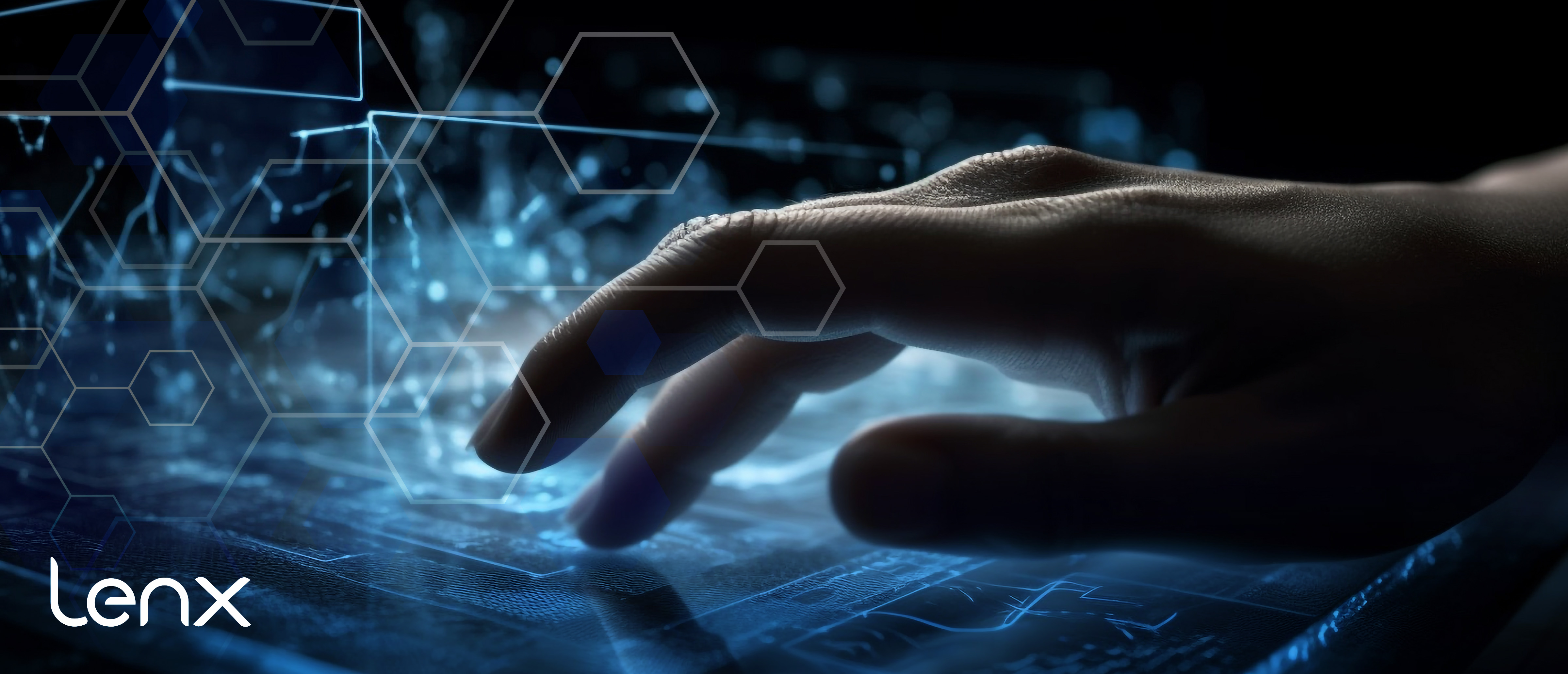
Why AI Security, Active Shooter Detection Is Only One Part Of A Layered Security System
In the realm of security, reliance on a single solution is a risky strategy.
AI security and active shooter detection systems are powerful tools. They can identify threats and trigger alerts faster than humans.
However, these technologies are just one part of a comprehensive layered security system. They work best when integrated with other security measures.
In this article, we delve into why a multi-layered approach is crucial for robust security. We'll explore how AI security and active shooter detection fit into this broader framework.
Understanding Layered Security Systems
Layered security systems are a holistic approach to security. They integrate multiple defensive measures to protect against threats.
These systems operate on the principle of 'defense in depth'. This means that if one layer fails, others are in place to counter the threat.
From physical barriers to AI security apps, each layer plays a crucial role. Together, they form a robust and resilient security framework.
The Role of AI in Security
AI security is a key component of modern security systems. It uses machine learning algorithms to detect and respond to threats.
AI can analyze vast amounts of data quickly. This makes it effective in identifying patterns and anomalies that may indicate a security breach.
However, AI is not infallible. It should be used as part of a layered security system, not as a standalone solution.
Active Shooter Detection: A Critical Component
Active shooter detection is a vital part of layered security systems. This technology can save precious seconds during an emergency. It provides real-time information to law enforcement, helping them respond more effectively.
However, like AI security, active shooter detection should not be the only line of defense. It is most effective when integrated into a comprehensive security strategy.
Beyond Technology: The Human Element
While technology plays a crucial role, human oversight is equally important in layered security systems. Trained personnel can interpret alerts, make critical decisions, and take appropriate action.
Moreover, staff training on emergency protocols is essential. It ensures everyone knows how to respond during a crisis.
In essence, a successful security strategy combines advanced technology with human vigilance and preparedness.
Integrating Active Shooter Alarms with Other Security Measures
Active shooter alarms are a vital part of a layered security system. They provide immediate alerts, enabling swift response to threats.
However, these alarms should be integrated with other security measures. This includes threat detection systems, gun detectors, and AI security apps.
Such integration ensures a comprehensive approach to security, enhancing the effectiveness of each individual component.
The Limitations of Standalone AI Security and Shooter Detection
While AI security and shooter detection are powerful tools, they are not infallible. False positives can occur, leading to unnecessary panic and disruption.
Moreover, these systems can't replace the need for human oversight. AI can't fully understand the nuances of human behavior or make complex decisions during a crisis.
Therefore, relying solely on these technologies can leave gaps in your security strategy. It's crucial to incorporate them into a broader, layered security system.
Conclusion: The Imperative of a Multi-Layered Approach
In conclusion, AI security and active shooter detection are vital components of modern security. However, they should not be the only measures in place.
A layered security system, integrating various technologies and human oversight, offers the most comprehensive protection. It's an investment in safety that no institution can afford to overlook

